In an era where digital footprints are expanding rapidly, the ability to measure and maximize Return on Investment (ROI) in digital marketing has become indispensable for business owners. This guide aims to demystify the concept of ROI in the digital marketing sphere, providing actionable insights and strategies to enhance your marketing efforts. Whether you’re a small business owner, a startup entrepreneur, or managing a large corporation, understanding ROI is key to making informed decisions and driving sustainable growth.
Understanding ROI in Digital Marketing
Defining ROI in the Digital Context
ROI in digital marketing is a measure of the profitability and effectiveness of your online marketing campaigns. It’s a way to evaluate the success of your marketing efforts and understand how each dollar spent contributes to your business goals. Whether it’s through sales, leads, or brand awareness, ROI helps you quantify the value of your marketing strategies.
The Elements of ROI
Calculating ROI involves understanding two primary components: the cost of your marketing activities and the revenue generated from these activities. It’s not just about the immediate financial return but also about the long-term value, such as customer lifetime value and brand equity.
Key Performance Indicators (KPIs) in Digital Marketing
Essential KPIs for Measuring Success
To accurately measure ROI, it’s crucial to track the right Key Performance Indicators (KPIs). These include:
- Click-Through Rate (CTR): Measures the effectiveness of your online advertisements.
- Conversion Rate: The percentage of visitors who take the desired action on your website.
- Customer Acquisition Cost (CAC): The cost involved in acquiring a new customer.
Setting and Interpreting KPIs
Setting realistic KPIs is about understanding your industry benchmarks and business objectives. Interpreting these KPIs requires looking at them in the context of your overall business goals and marketing strategies.
Tracking and Analyzing Digital Marketing Efforts
Leveraging Analytics Tools
Effective tracking and analysis are key to understanding your digital marketing ROI. Tools like Google Analytics provide a wealth of data on website traffic, user behavior, and campaign performance. By regularly reviewing this data, you can gain insights into what’s working and what needs improvement.
The Power of A/B Testing
A/B testing is a powerful technique for optimizing your marketing strategies. By testing different versions of your web pages, ads, or emails, you can determine which elements resonate best with your audience and lead to higher conversions.
Cost-Effective Strategies for Maximizing ROI
Smart Budget Allocation in Digital Marketing
Allocating your digital marketing budget wisely is crucial for maximizing ROI. This means prioritizing channels and strategies that offer the best return. For instance, if your target audience is more active on social media, investing in social media advertising and influencer collaborations might yield better results than other channels.
Emphasizing Organic Growth Through SEO and Content Marketing
Organic growth strategies like SEO and content marketing are cost-effective ways to enhance your digital presence and build long-term value. While they may require time and effort, their ability to attract and engage audiences organically can lead to sustained growth and improved ROI over time.
Using Analytics to Refine Digital Marketing Efforts
Data-Driven Decision Making
The use of analytics in digital marketing is not just about collecting data; it’s about making informed decisions based on that data. Regularly reviewing analytics allows you to understand user behavior, identify trends, and make adjustments to your strategies for better performance.
Responding to Customer Feedback and Market Trends
Staying responsive to customer feedback and market trends is crucial. Tools for social listening and customer feedback analysis can provide insights into what your audience wants and how they perceive your brand, allowing you to adapt and refine your marketing strategies accordingly.
Case Studies and Real-World Examples
Learning from Successes and Failures
Incorporating case studies of both successful and not-so-successful digital marketing campaigns can offer practical insights. These real-world examples help illustrate the application of the principles discussed in the blog, providing a clearer understanding of how to apply these strategies in different scenarios.
Conclusion
Recap and Encouragement
To conclude, understanding and maximizing ROI in digital marketing is a journey of continuous learning and adaptation. By applying the strategies and principles discussed in this guide, business owners can make more informed decisions, allocate their marketing budgets more effectively, and ultimately drive better results.

One comment
I’ve been surfing online greater than 3 hours nowadays, yet I by
no means discovered any fascinating article like yours.
It’s beautiful value sufficient for me. In my opinion, if all website owners
and bloggers made just right content as you probably did,
the web shall be much more helpful than ever before.